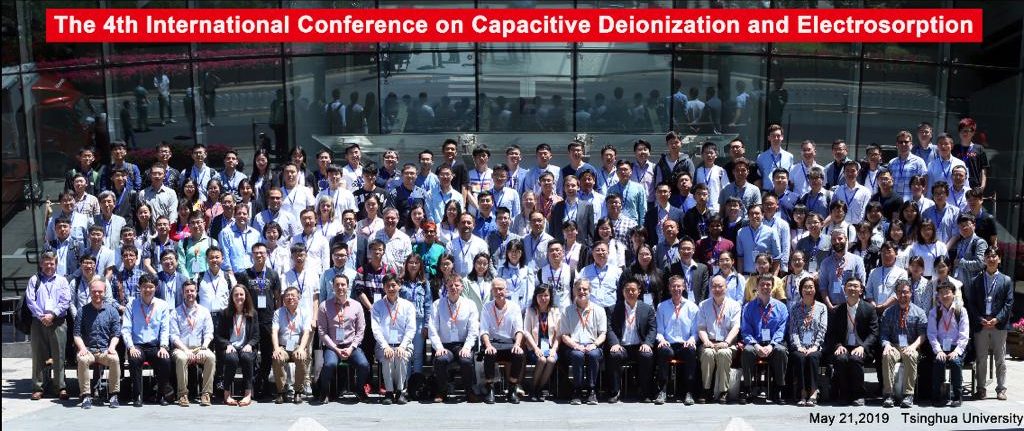This year, Yoon’s group in Seoul National University, Republic of Korea, has published three papers on CDI.
Hierarchically porous carbon was synthesized and used as a CDI electrode in collaboration with Prof. Park’s group (Carbon Nanomaterials Design Lab., SNU) (Yang et al., Carbon 71 (2014) 294-302). In this paper, a novel carbon material derived from metal organic framework (MOF) was prepared and its pore structure was characterized. Unique pore structure of MOF-derived carbon (MDC) consisting of micro-, meso-, and macropores allowed for a rapid and considerable amount of desalination compared to activated carbon (microporous carbon) and carbon aerogel (meso- and macroporous carbon). Thus, this paper has successfully elucidated the role of each pore size in CDI.
In the next paper, a new method to evaluate rate capability of CDI electrodes was proposed using a potential sweep method (Kim et al., Electrochimica Acta 139 (2014) 374-380). Potential sweep method can enable sweeping of potential in various rates, thus resulting desalination performance can be an indicator for rate capability. As a result, electrode thickness, flow rate, and salt concentration were found to parameters affecting rate capability, which is in good agreement with previous CDI papers.
Recently, constant voltage and constant current operations were compared focusing on salt adsorption capacity and energy consumption (Kang et al., Desalination (2014) accepted). Results said that constant current operation is advantageous in terms of energy consumption because of its low voltage profile.
